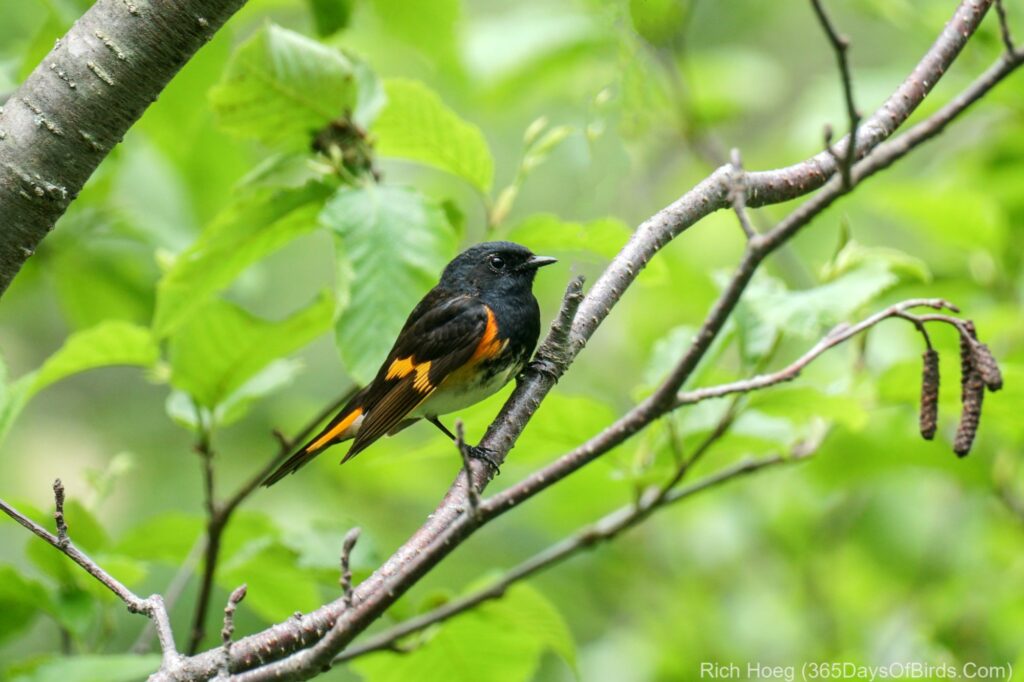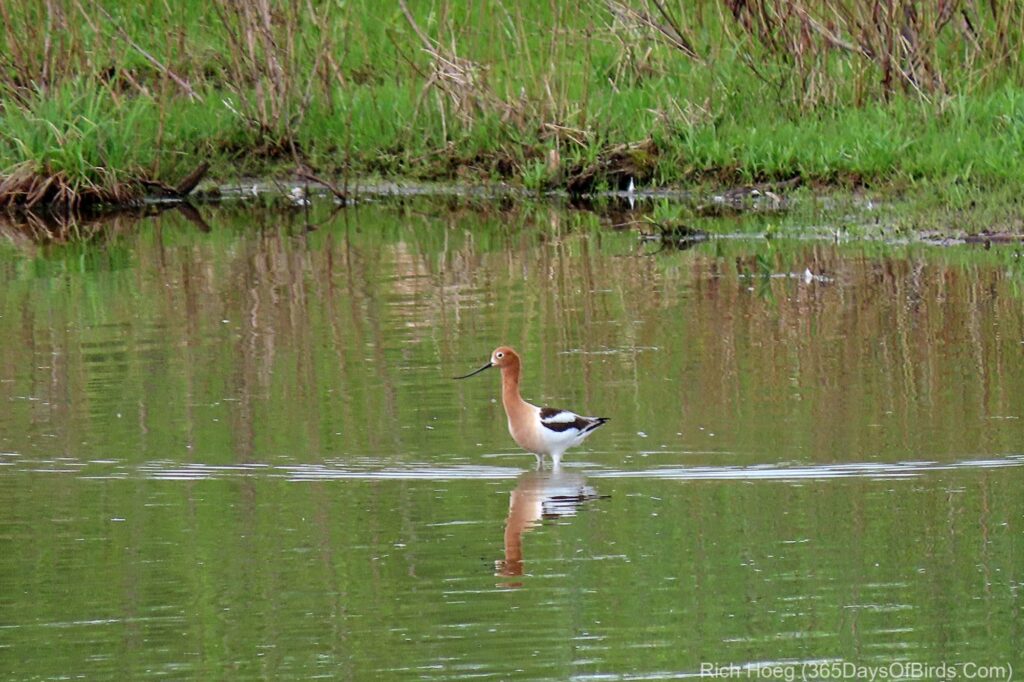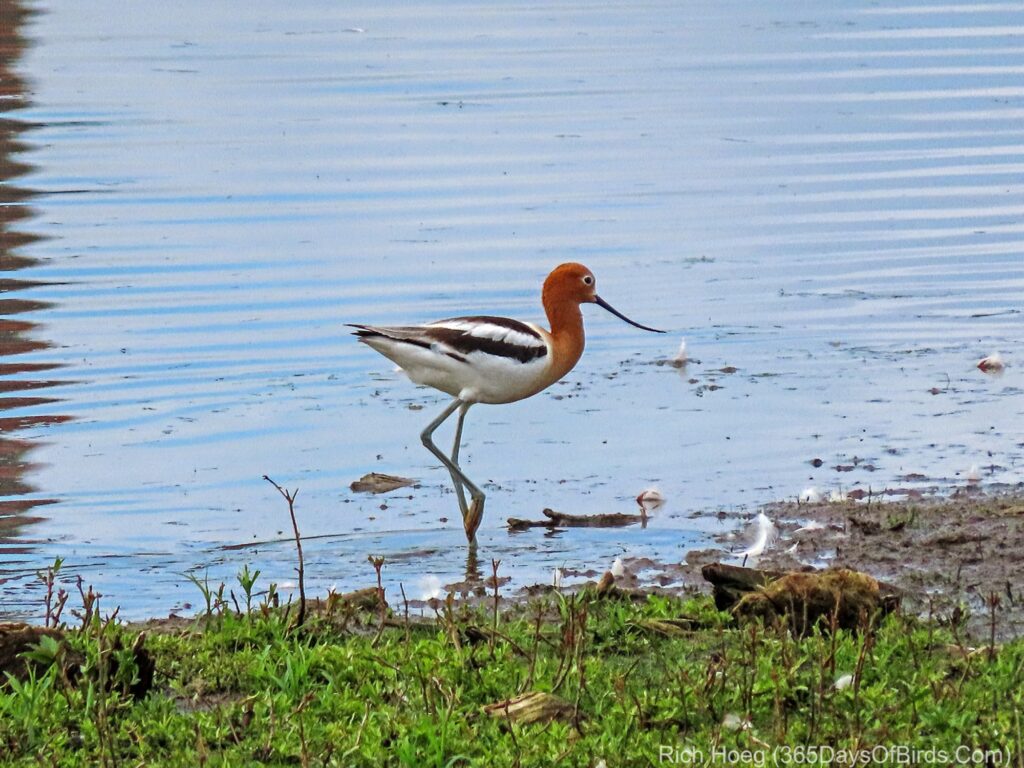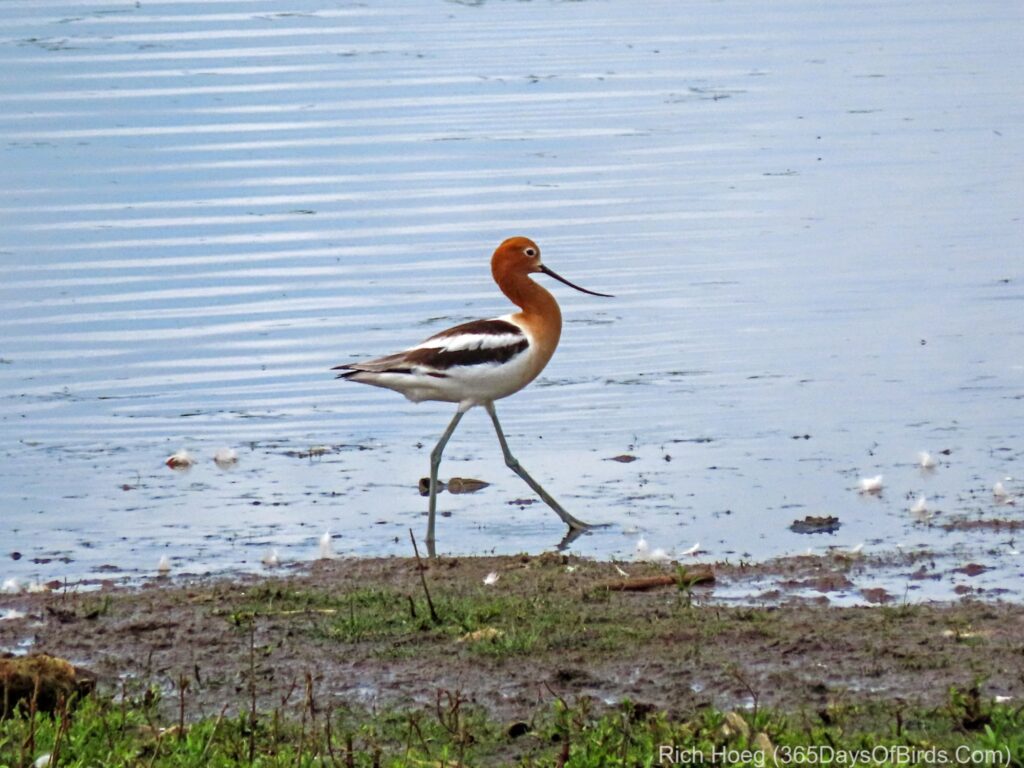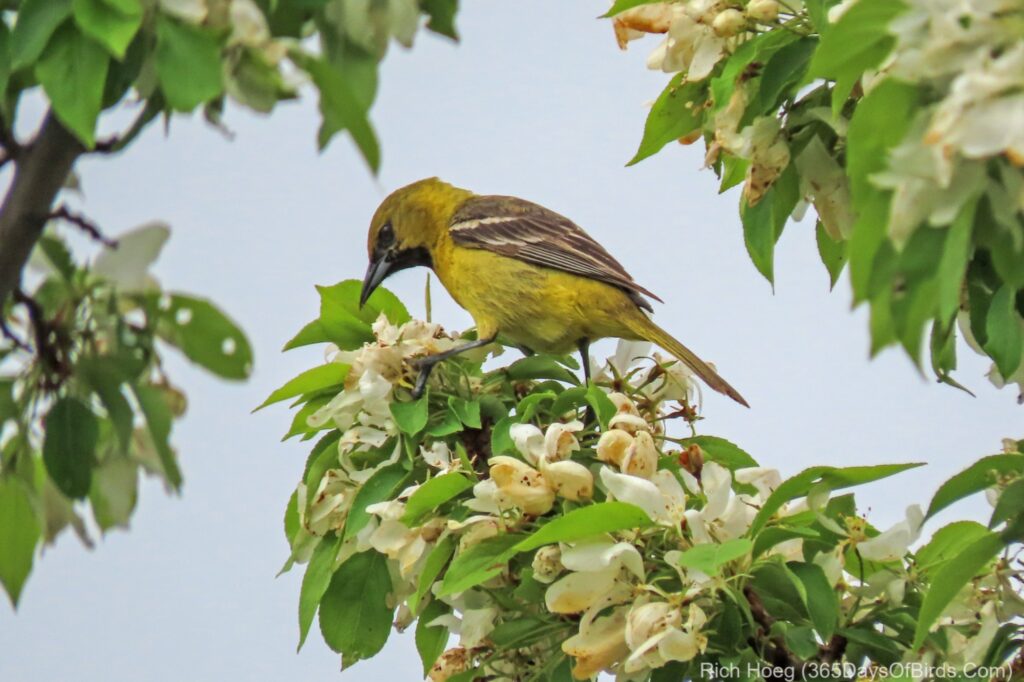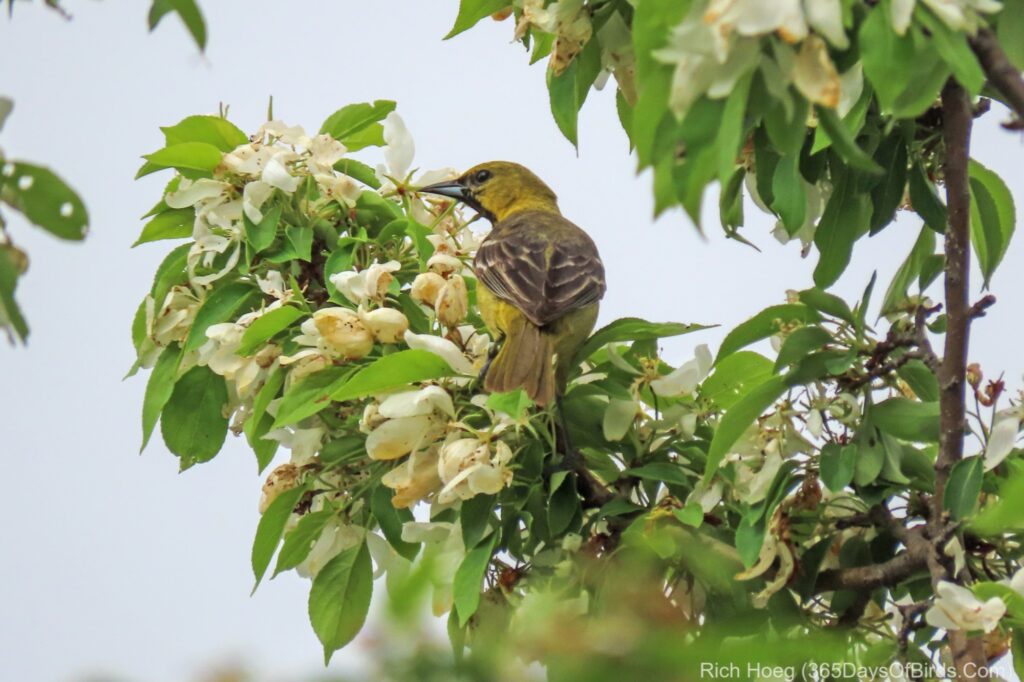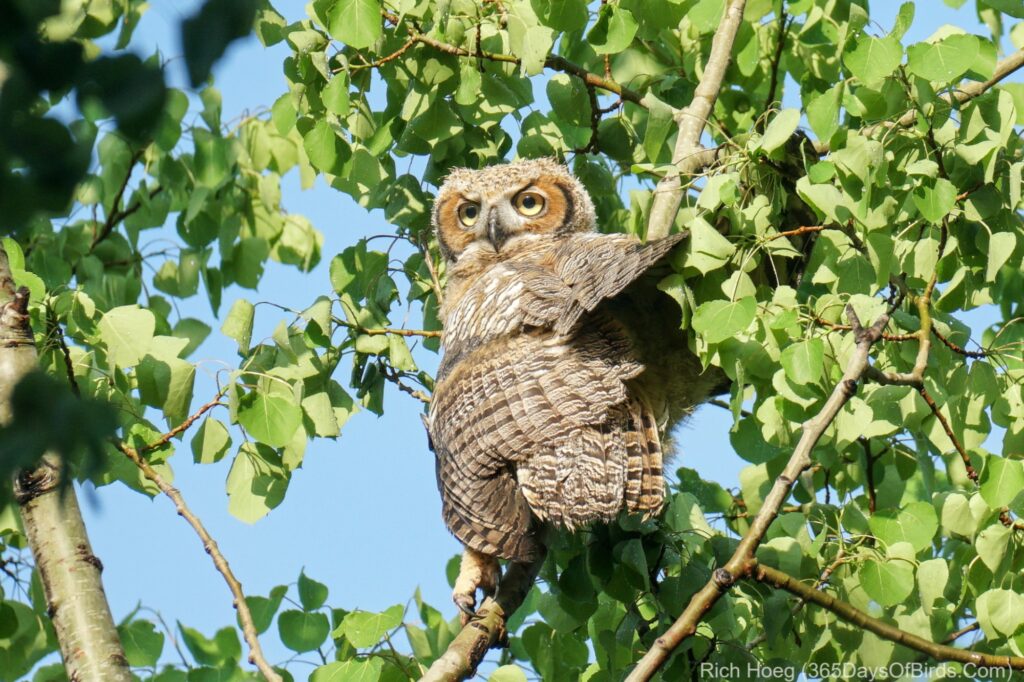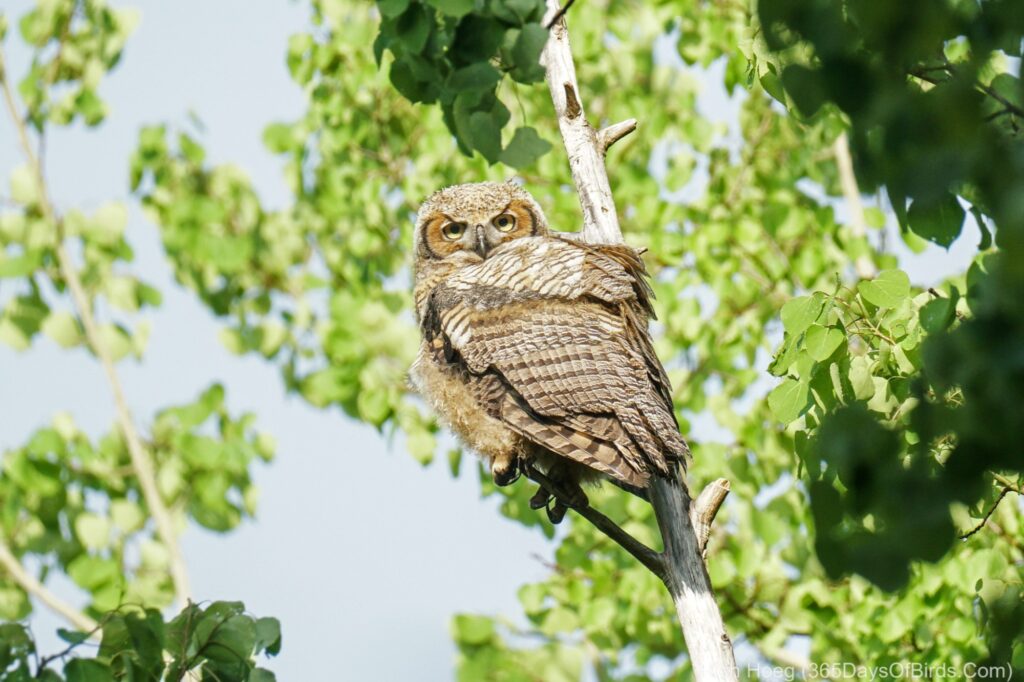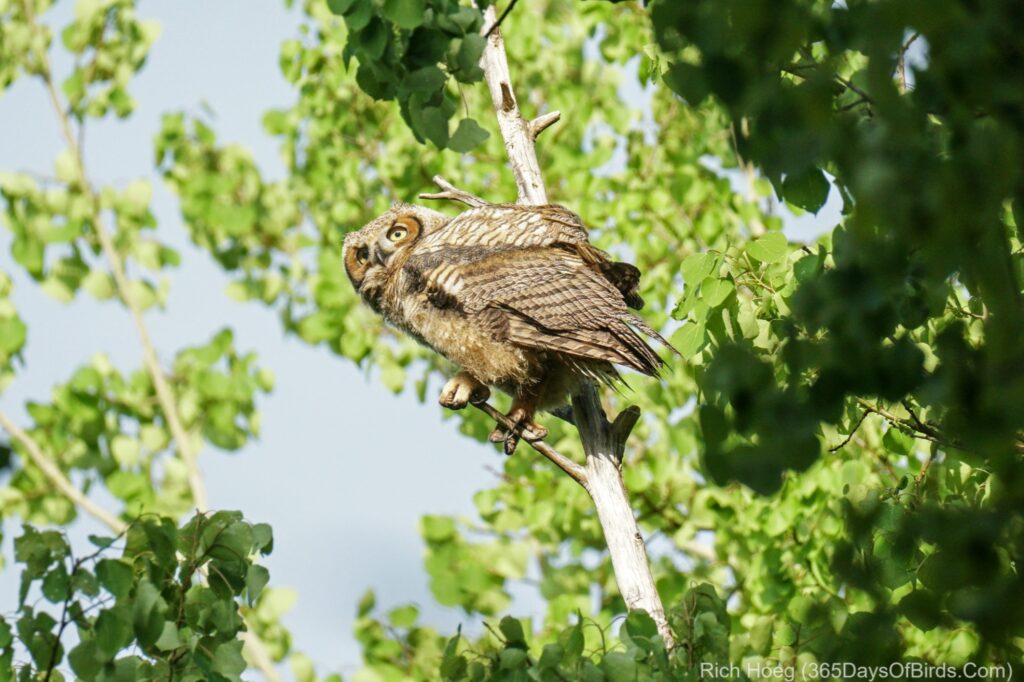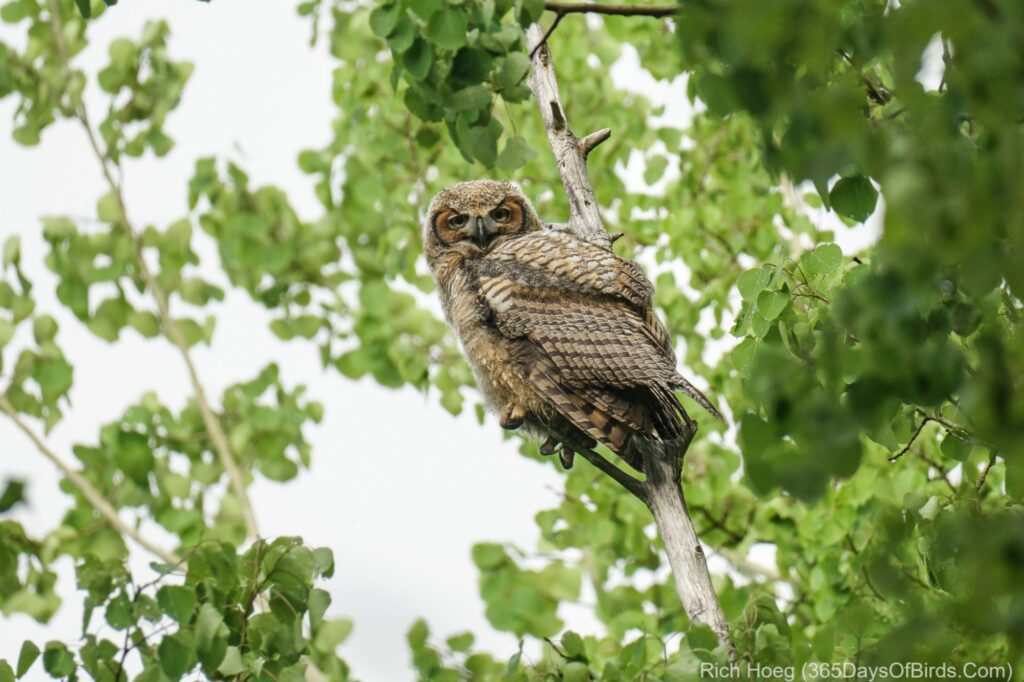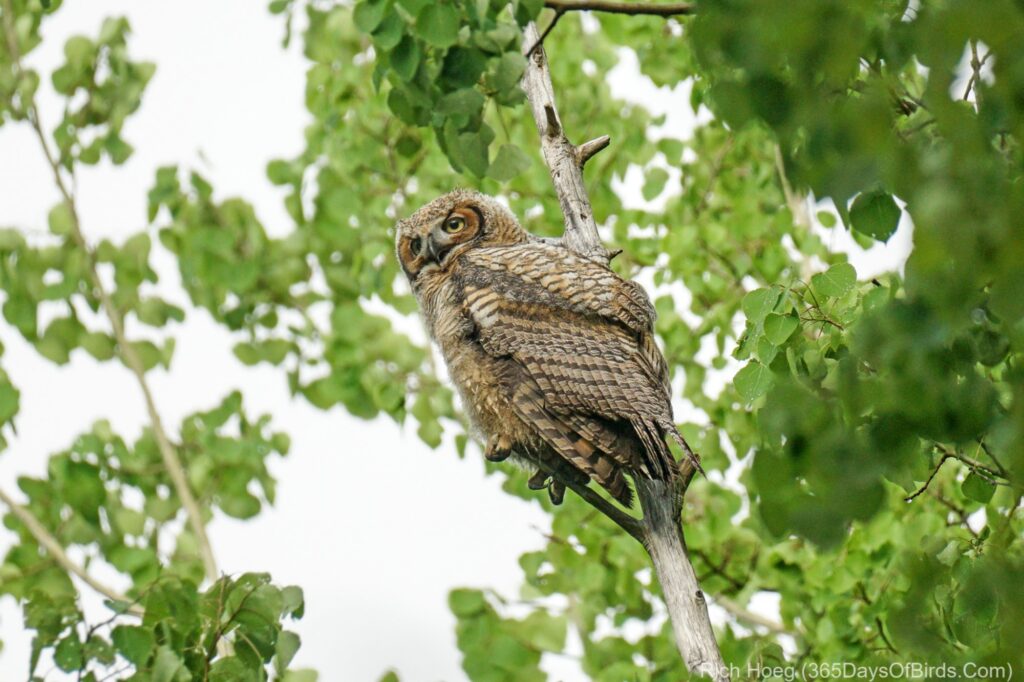Ever had a bird you really wanted to see, but until you learned its song, your sightings were few and far between? American Redstarts were one of those birds for me. However once I learned their song, I discovered they were all over the place in the Northwoods.
When I went looking for my owls yesterday afternoon, and could not find them I did not mind. Redstart males were everywhere having fights as they defined territory and waited for the ladies to arrive.